

Max Davies
2026 Toyota HiAce review
48 Minutes Ago
BMW is wading into the compact electric SUV world with the iX1 SUV, which has been locked in for Australia. It'll be here early in 2023.
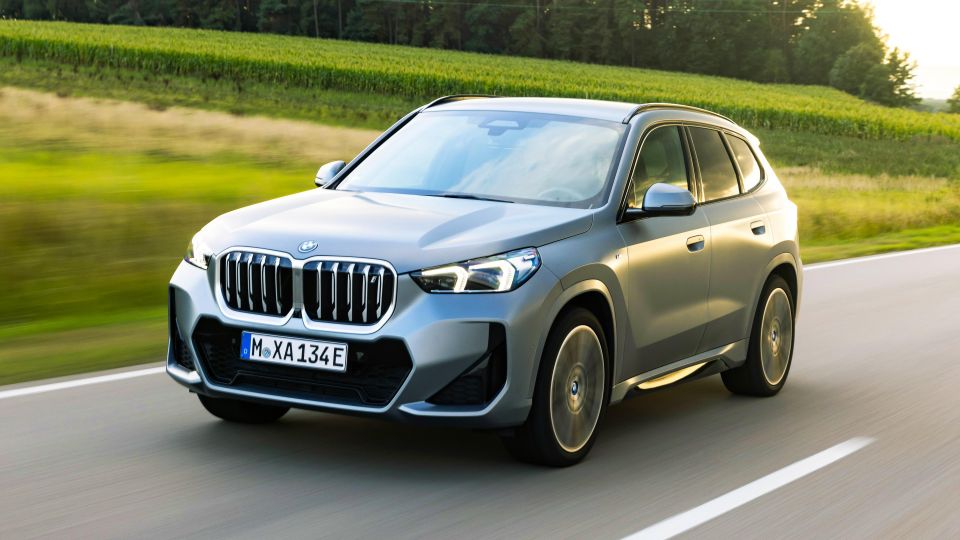
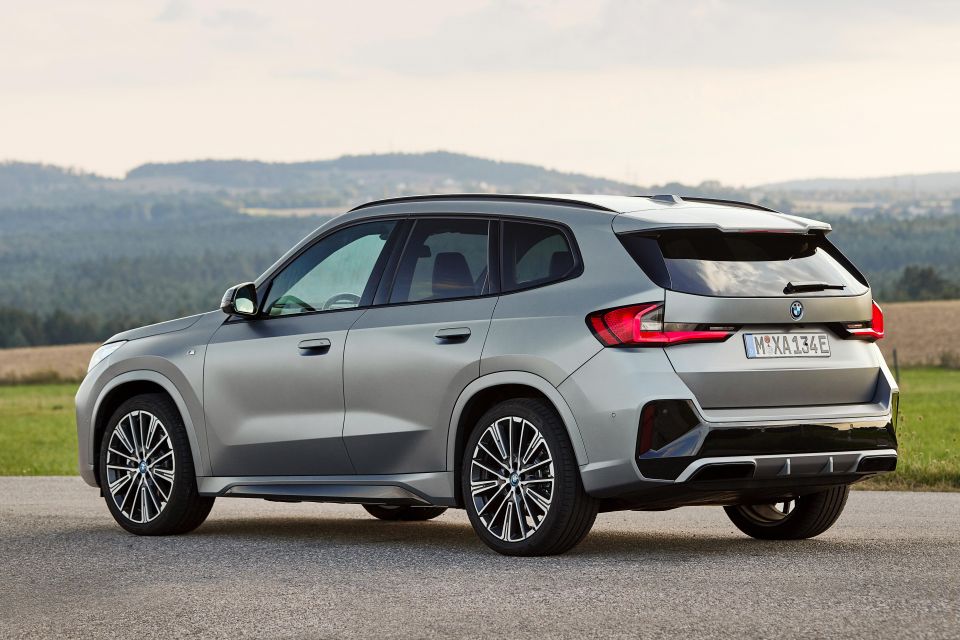

Quickly see how this car stacks up against its competition. Select any benchmark to see more details.
Where expert car reviews meet expert car buying – CarExpert gives you trusted advice, personalised service and real savings on your next new car.
BMW has never built a compact electric SUV before, but with the likes of Mercedes-Benz and Lexus churning out small, battery-powered models at pace, the German company’s hand has been forced.
That’s why there’s a new iX1 to stand alongside the more conventional petrol, diesel, and hybrid versions of BMW’s all-new family SUV. It’ll be in Australia during the first quarter of 2023.
Offering customers a modern design and some fancy new technology, as well as a powerful and efficient electric powertrain, the iX1 is here to challenge the electric Volvo XC40 Recharge and the GLA-based Mercedes-Benz EQA.
Can the Bavarian SUV really stand out in such illustrious company?

Pricing for the BMW iX1 hasn’t been confirmed for Australia, but the regular petrol range kicks off at $53,900 before on-road costs and extends to $65,900 before on-roads.
Expect to pay a premium for the iX1 over the petrol range, although exactly how much more it’ll cost hasn’t been confirmed.
The iX1 will go head-to-head with the Volvo XC40 Recharge Pure Electric ($72,990 to $79,990) and Mercedes-Benz EQA ($78,513 to $96,900), along with the Tesla Model Y ($72,300 to $96,700). All prices exclude on-road costs.
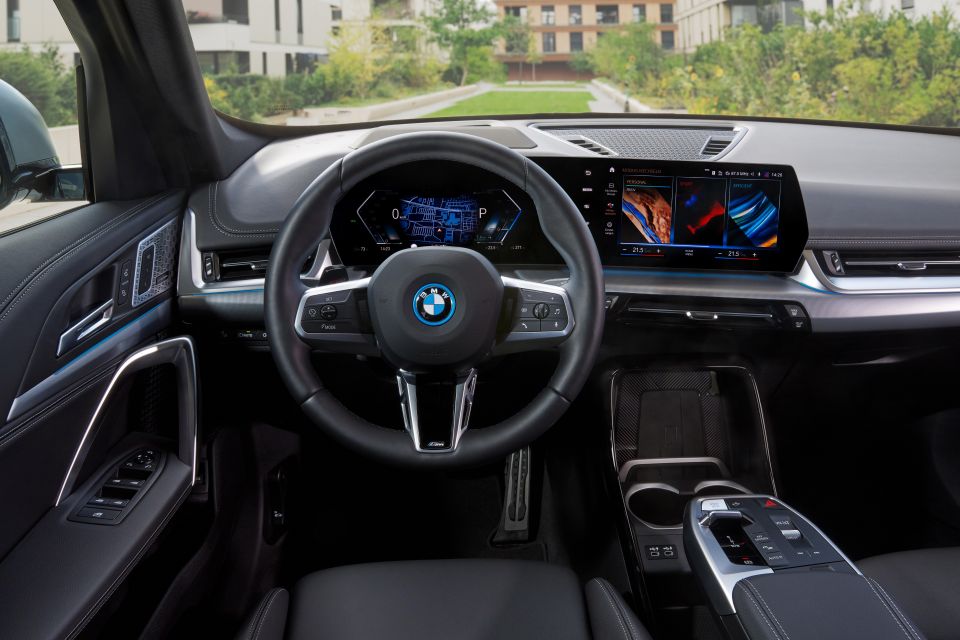
Buy your new car without the stress. It's fast, simple and completely free.

Great service from Travis and team, second time I have used this business would not hesitate to recommend them to anyone
Craig C.
Purchased a Ford Ranger in Sunshine Coast, QLD
CarExpert helped Craig save thousands on his Ford Ranger, now let us save you on your next new car.
Find a dealInside, the iX1 is more or less identical to petrol and diesel X1s, with a clean design and flowing curved displays across the dashboard. It’s a luxurious, modern place to sit, with lots of chrome effect trim and screens dominating proceedings.
Lower down, there’s a massive cubby hole with wireless charging and a kind of safety bar to hold your phone in place, while a floating centre console provides a home for the toggle-style drive selector.
If all that sounds familiar, it’s because it’s more or less identical to the cabin of the latest 2 Series Active Tourer – the MPV with which the new X1 range shares so much. Even the architecture is largely identical, despite the difference in purpose.
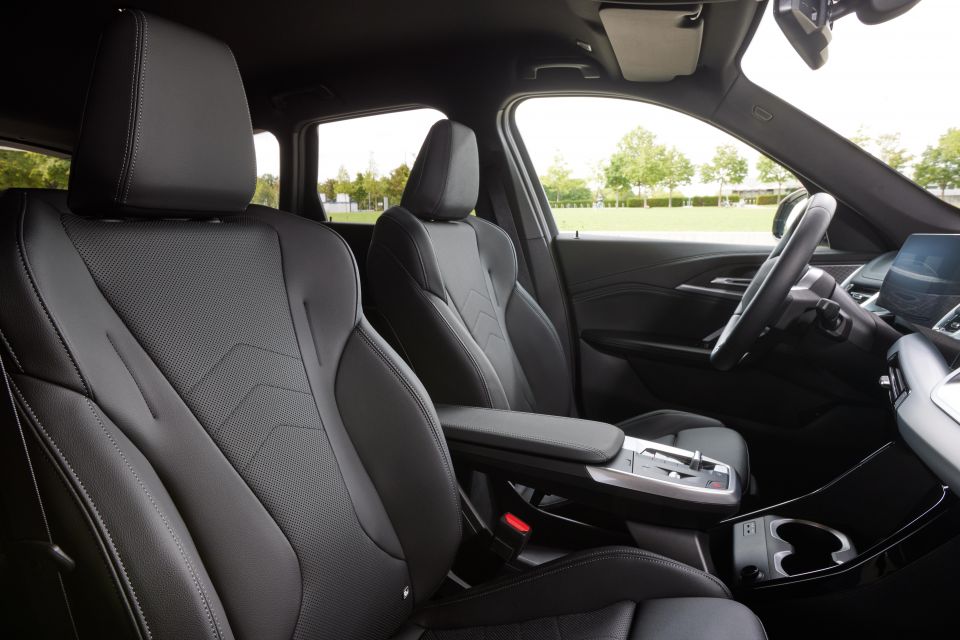
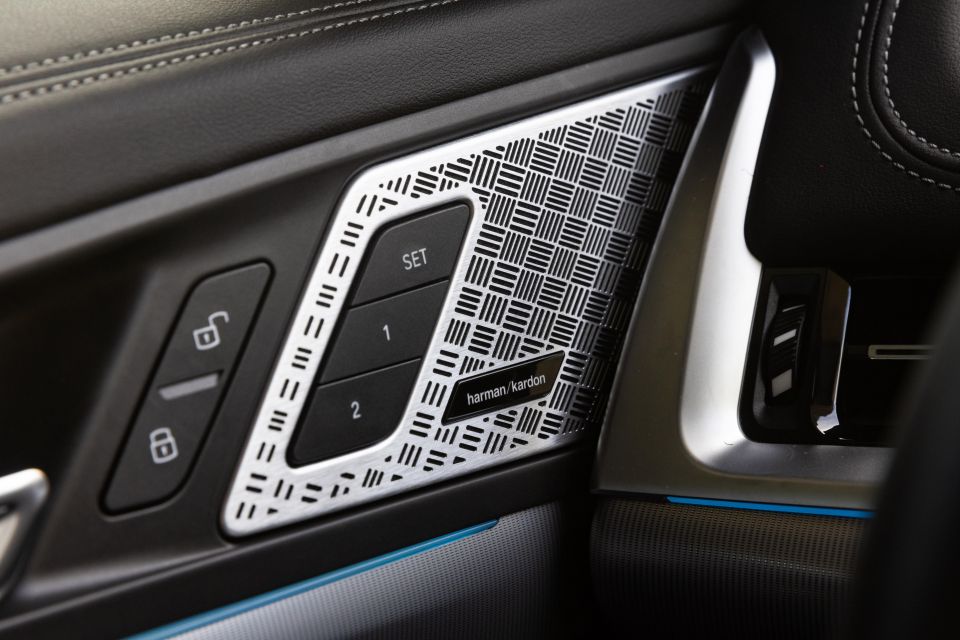
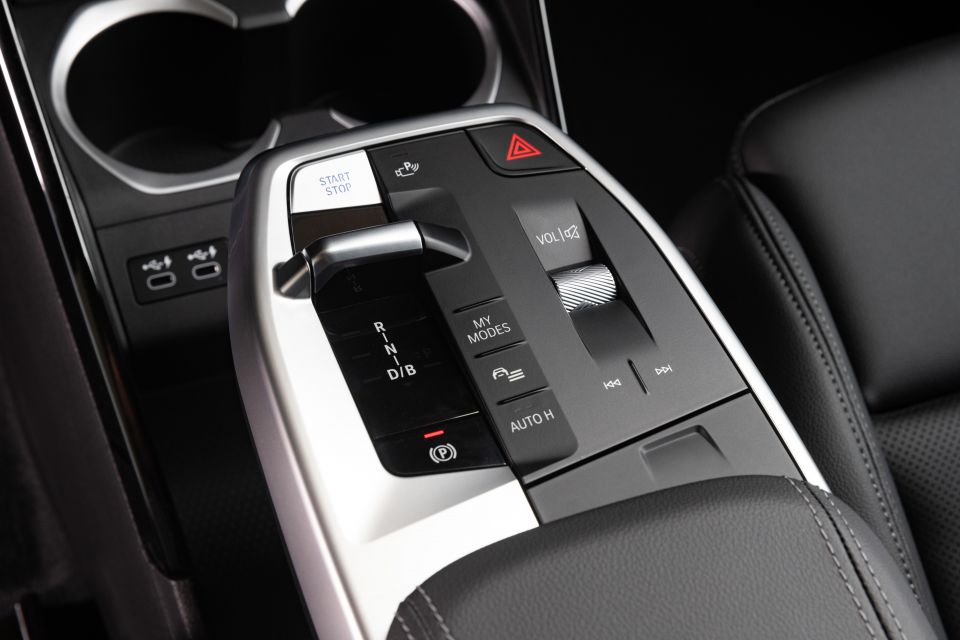
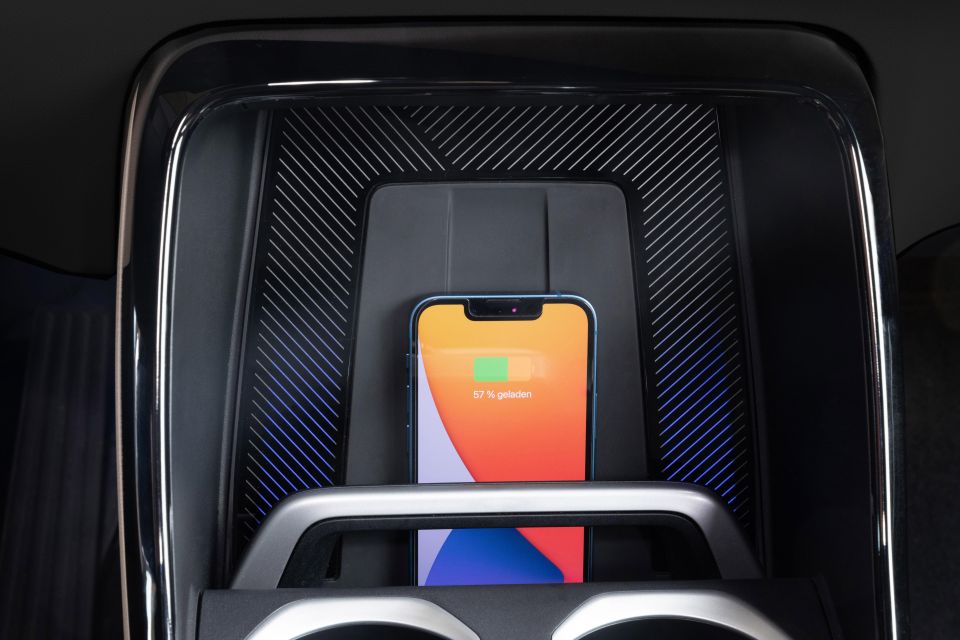
As with the 2 Series Active Tourer, the X1 and iX1 offer unquestionable quality, both in terms of the materials on show and the way in which they are fastened together.
Everything feels well engineered and built to last, while the cabin is trimmed with soft leather and tactile, durable plastics.
But the highlight is the curved display that covers the driver’s side of the dashboard. Comprising two big screens joined together, the system houses pretty much all the information drivers and passengers will need.
The digital instrument display is a particular triumph, thanks to its clear and easily configured output, but both screens impress with their resolution and design.
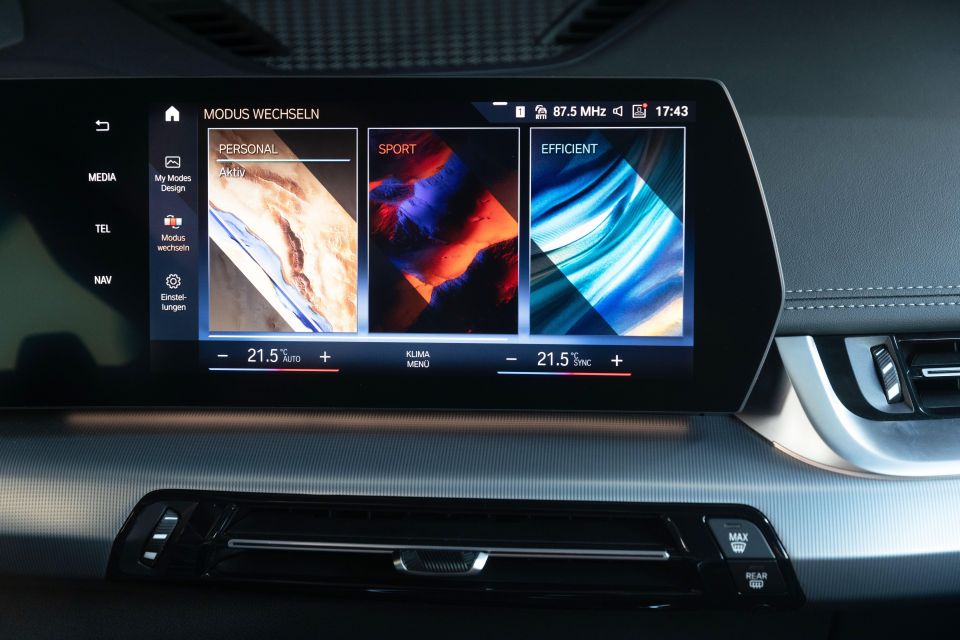
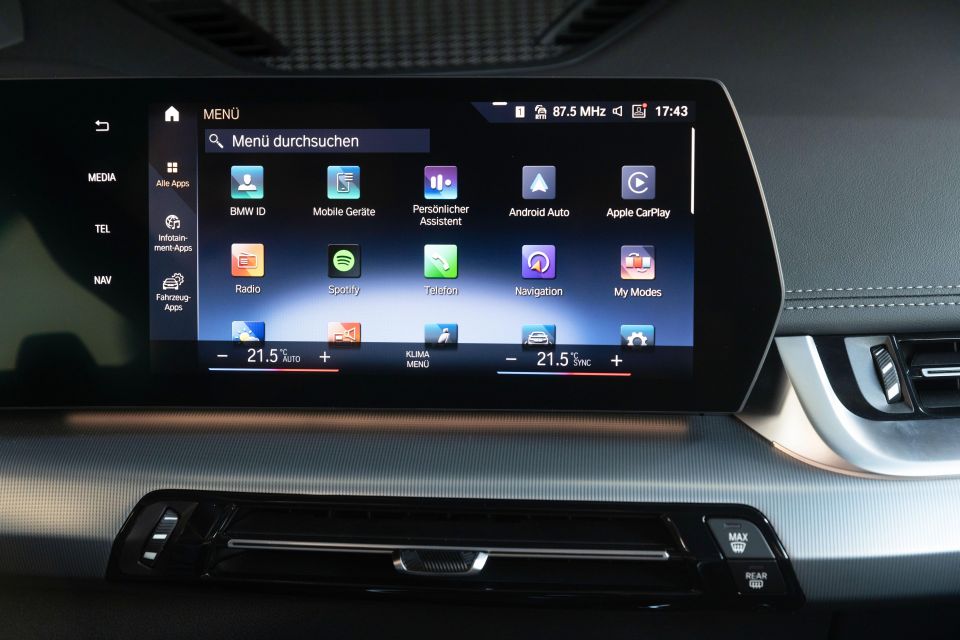
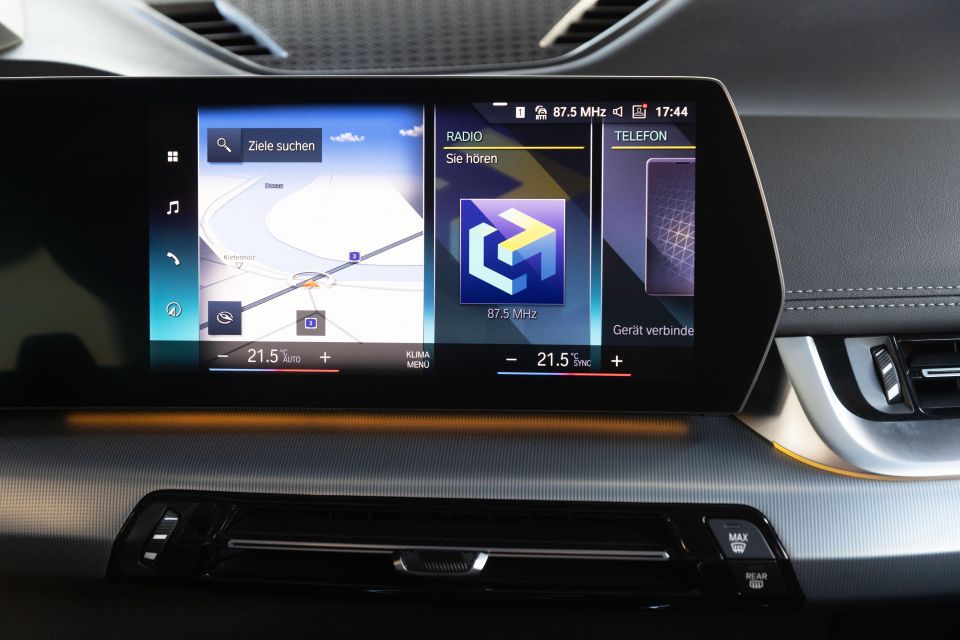

It’s a shame that the iX1 doesn’t get the same iDrive rotary controller as its predecessor – or the recently updated 3 Series – but that shouldn’t detract from the quality of the new infotainment system.
Sharp displays and rapid responses to inputs already made it one of the best in the business, while logical menus and easily accessible settings put it a cut above. Only Volvo’s Google-based screens are in the same league.
It’s a good job the infotainment is good, though, because BMW has done away with most conventional switchgear. Even the heater controls have been moved into the screen, with a little taskbar at the bottom to house the settings.
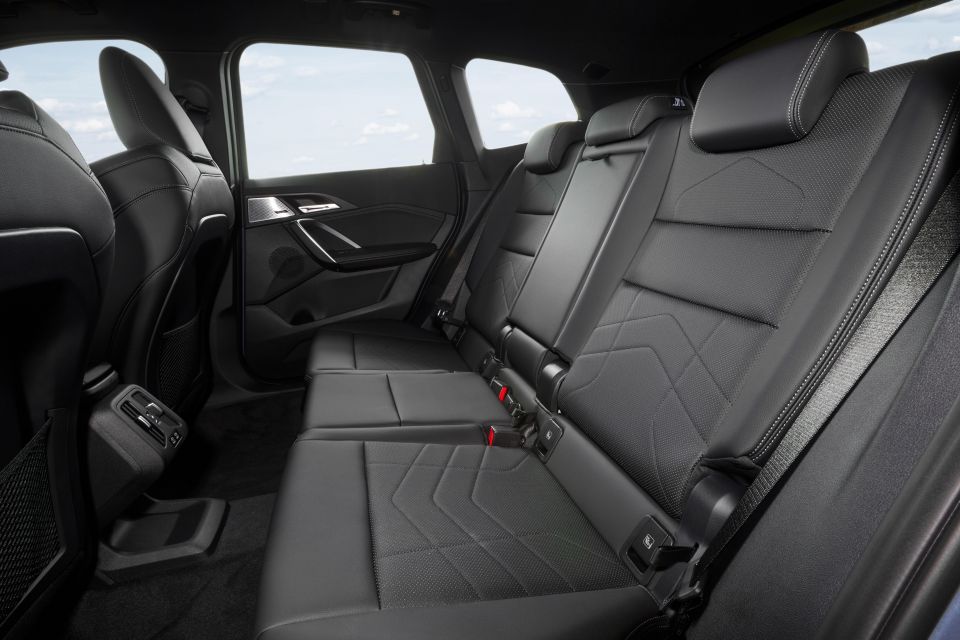
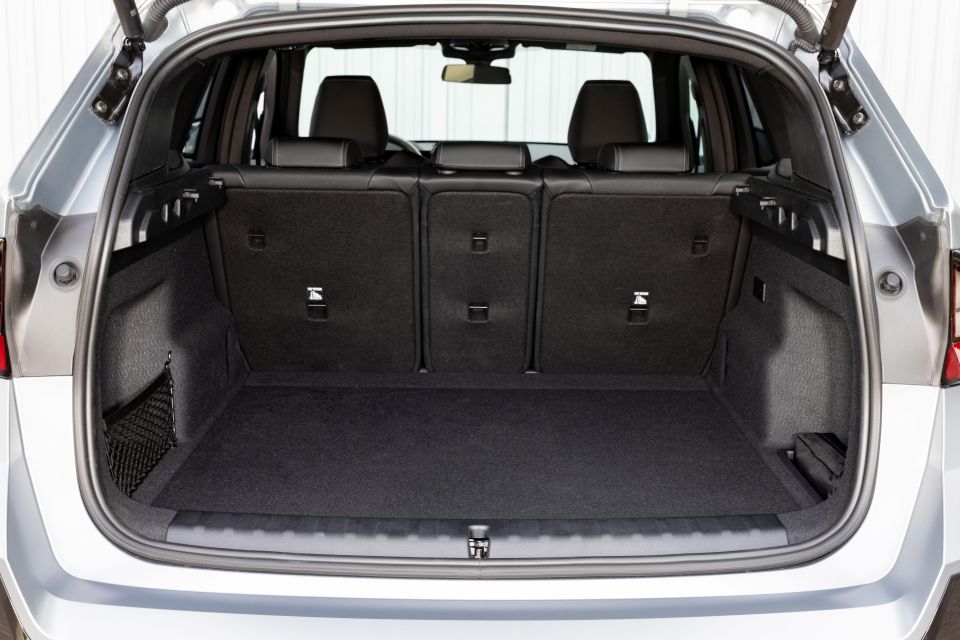
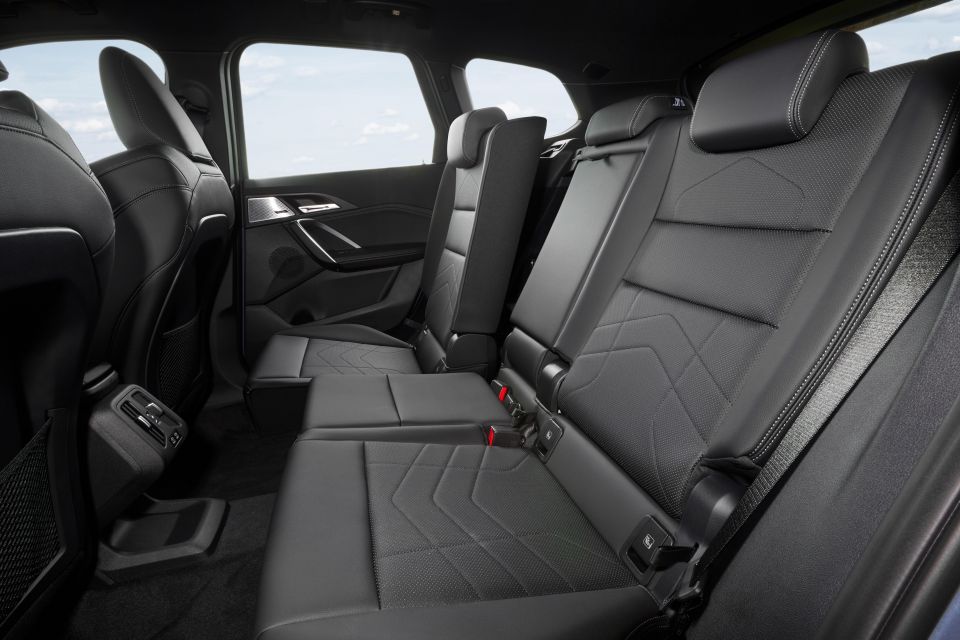
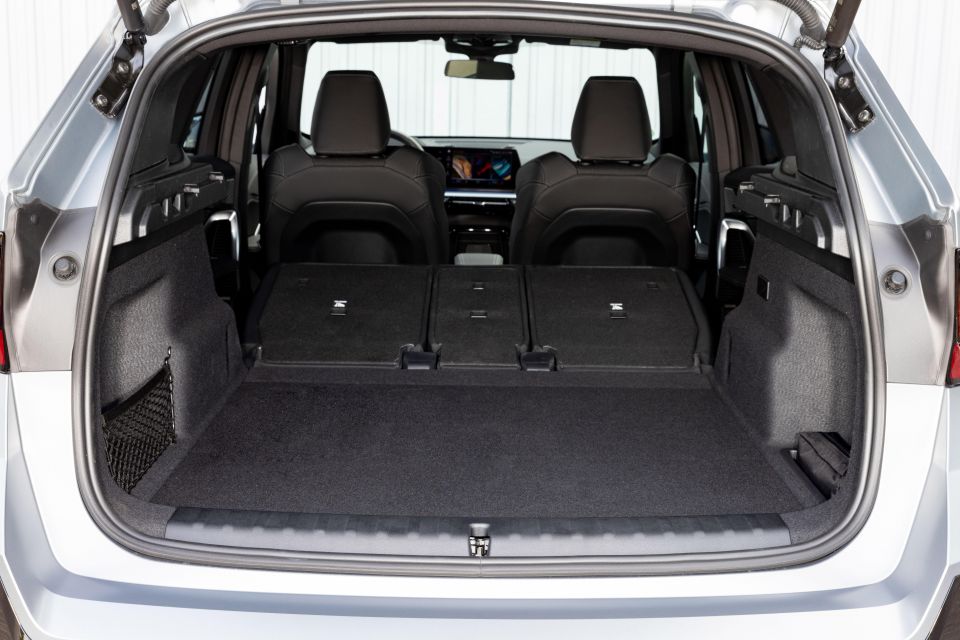
Simple tasks, such as changing the temperature, are still easily accessible, but more complex manoeuvres are slightly fiddlier than they could be.
All that said, the iX1 is still relatively ergonomic and very practical, with plenty of space in the back and a 490-litre boot offering more than enough capacity for most customers’ needs.
The basic, petrol-powered X1 has 50 litres more cargo space, but the iX1’s boot is still larger than that of a Mercedes-Benz EQA or a Volvo XC40 Recharge.
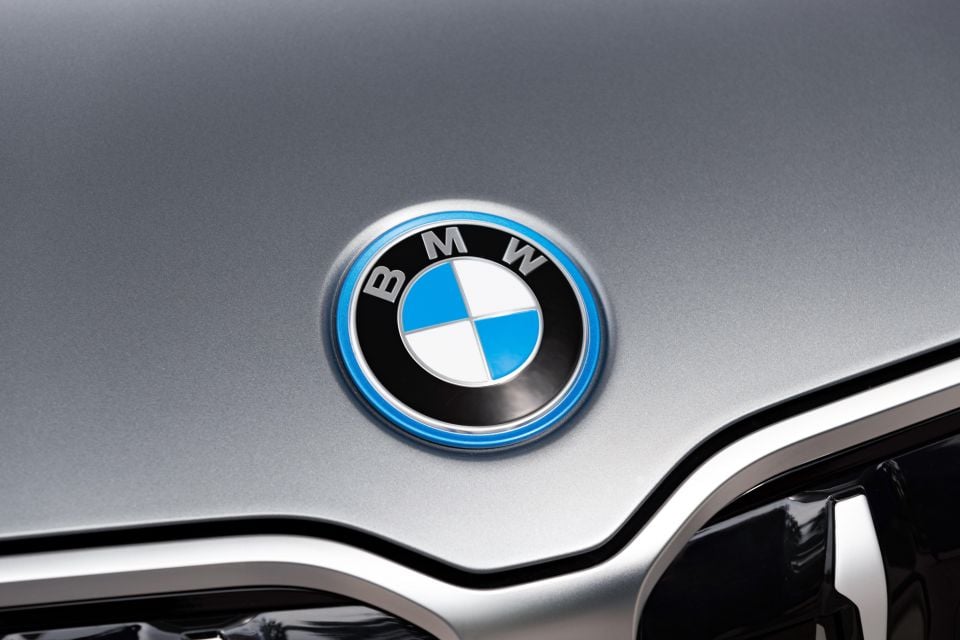
For the time being, the iX1 is being offered with just one high-performance all-wheel-drive powertrain that wears the xDrive30 badge.
That system combines a 64.7kWh battery pack with two electric motors to produce a total of 230kW and offer customers a range of between 413 and 438km on a single charge.
This means the iX1 will not travel quite as far between charges as some of its rivals, but most of those have less power and less performance as a result. It may be that BMW comes out with a less powerful, more efficient version of the iX1 in time.
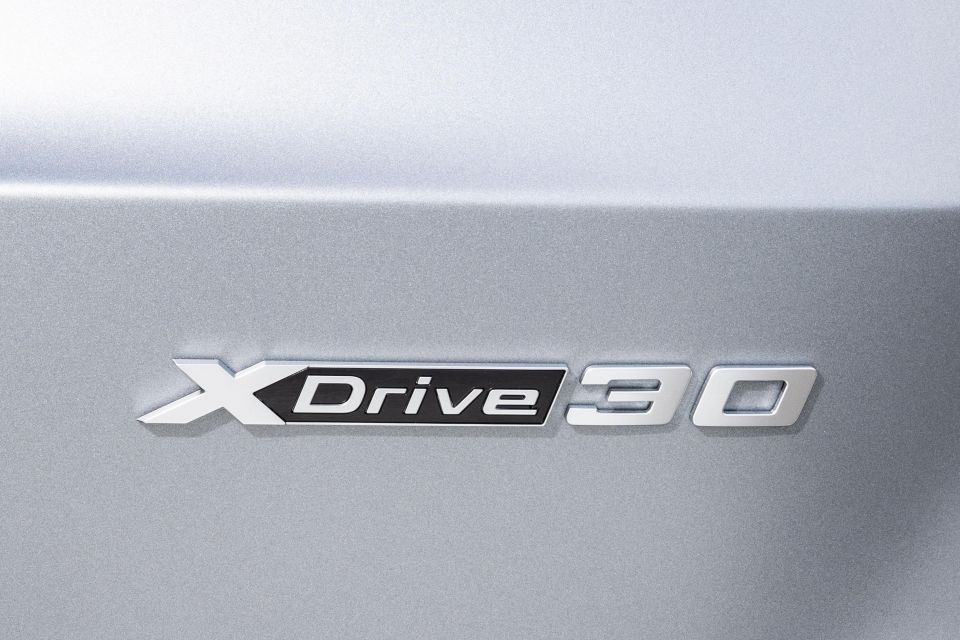
Such a model would almost certainly do without the potency of the iX1’s twin-motor powertrain, however.
The iX1 supports both single- and three-phase AC charging at a rate of up to 11kW, though you can optionally increase this to 22kW. It supports DC charging at up to 130kW.
Thanks to a clever part-time all-wheel-drive system that only uses both motors when customers demand lots of power, or the driven wheels break traction, the iX1 gets from 0-100km/h in less than six seconds, while the top speed is 180km/h.
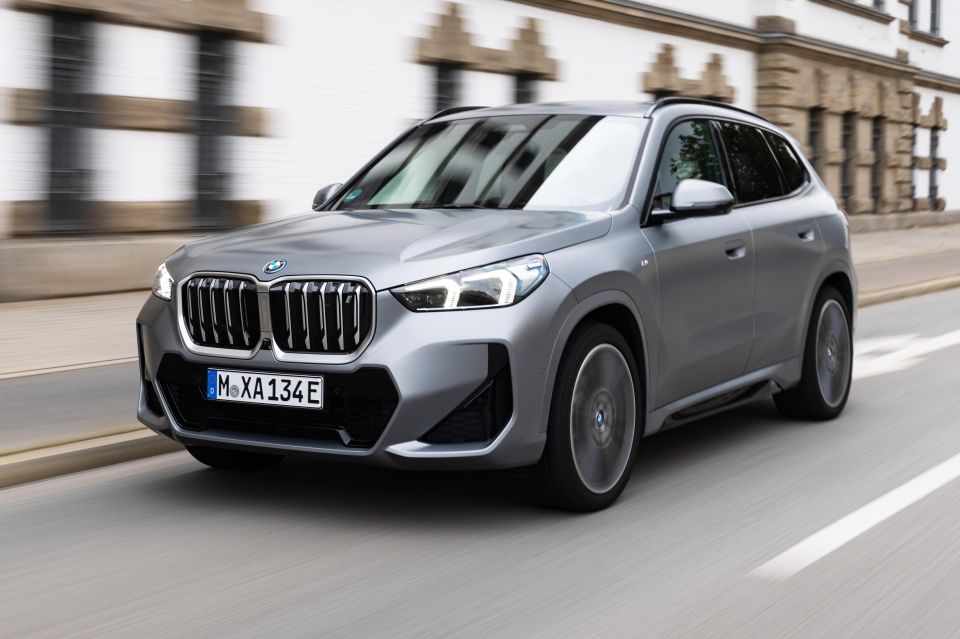
BMW has a reputation for building cars that are great to drive, and while the iX1 stops short of being fantastic, it’s definitely one of the best in its class.
Despite the height and weight of the high-riding body, the iX1 has a relatively low centre of gravity, and that keeps body roll to a minimum.
Combine the unwillingness to lean over in corners with BMW’s trademark steering feel and the responsiveness of the powertrain, and you’re left with a very competent SUV.
The ride isn’t perfect, but it’s very mature and it strikes an ideal balance between engagement and comfort.
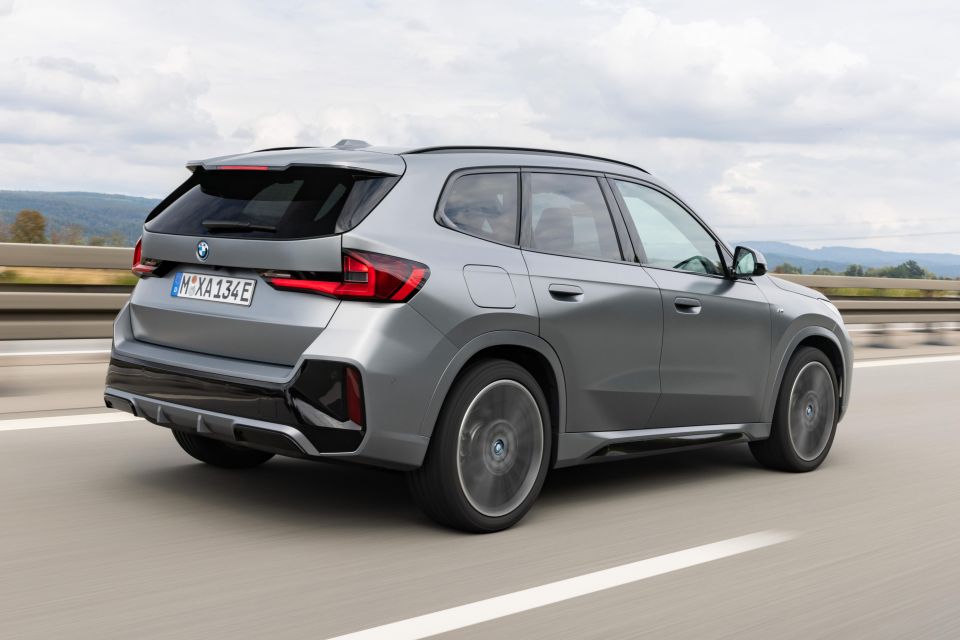
Like so many electric cars, the iX1 is somewhat hampered by the weight of its battery pack, but even so only the worst potholes and surface imperfections will make their presence felt in the cabin, and it’s worse around town than it is on the highway.
But while the ride might be best at speed, the car is at its most refined around town, where the electric motors silently convey you from A to B.
There is a slightly irritating false soundtrack that comes through the speakers, but you can turn that off, thankfully.
What you can’t turn off, however, is the wind and road noise, which becomes a little more prominent at speed – perhaps because there’s no engine to mask it.
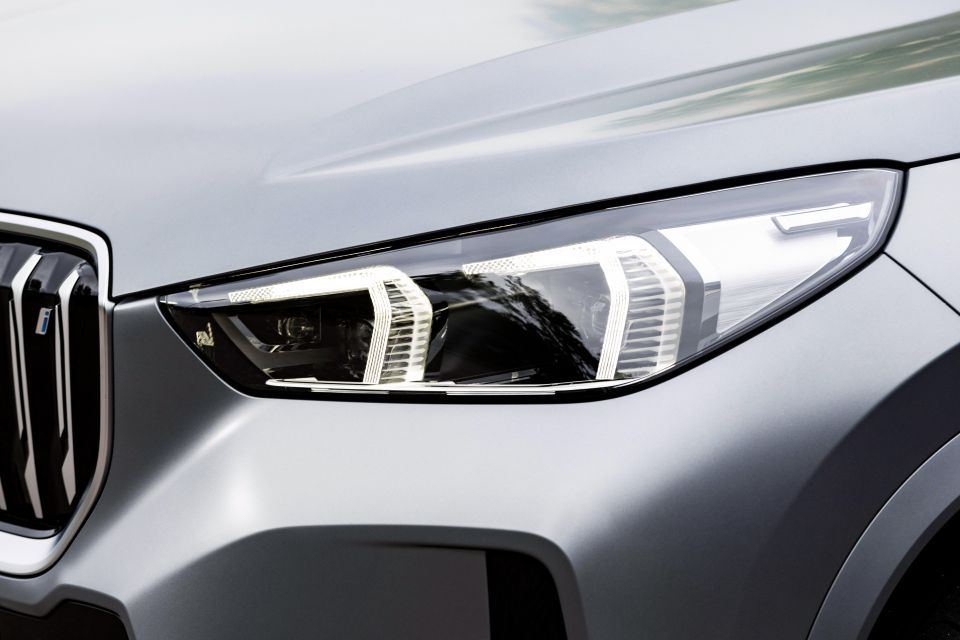
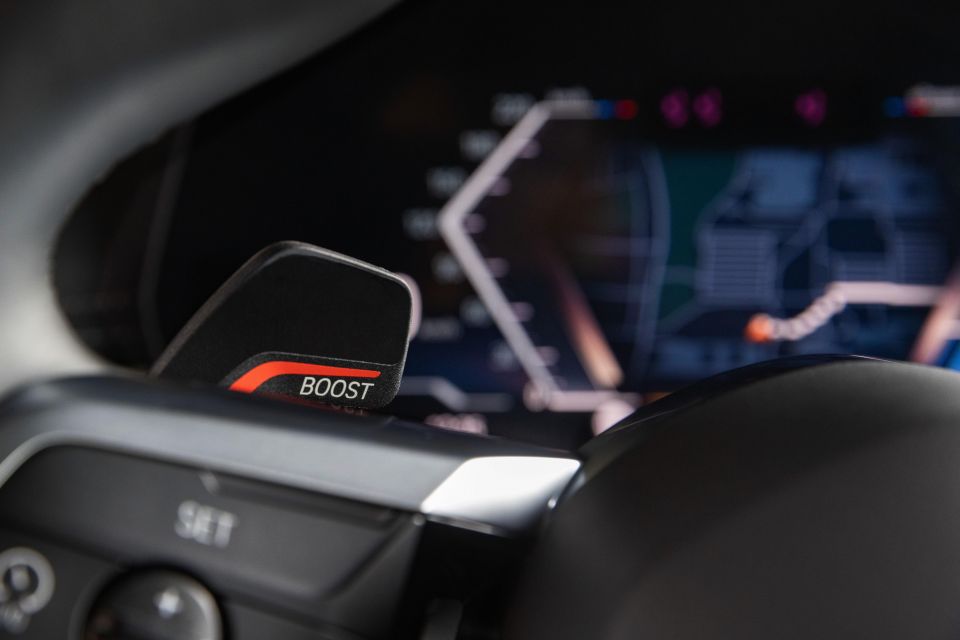

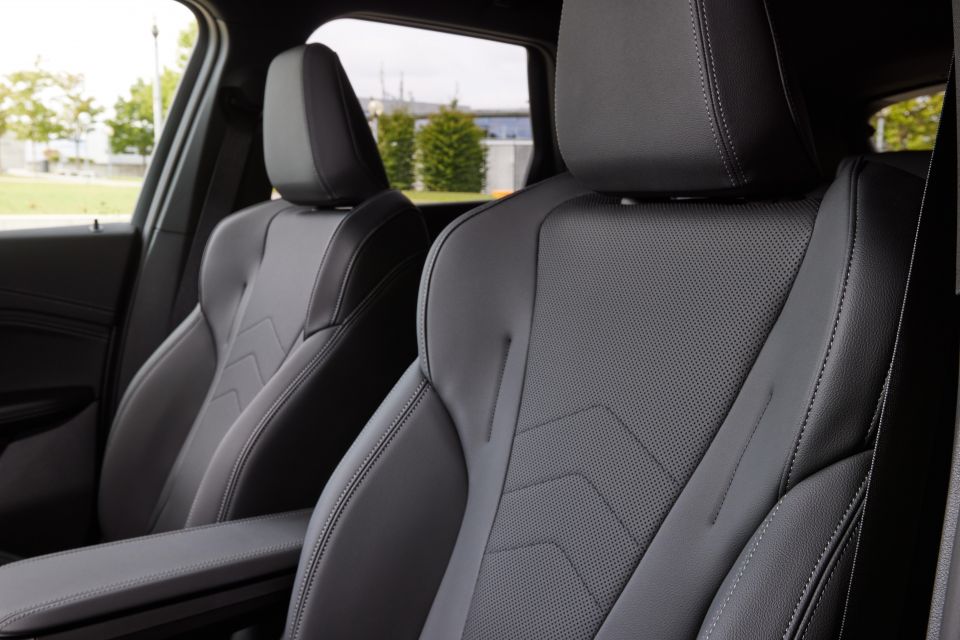
BMW Australia hasn’t confirmed standard equipment for the iX1 in Australia. The equipment list of the petrol range locally is below; it’s likely the iX1 will be offered with a list of inclusions in keeping with the xDrive20i.
X1 sDrive18i highlights:
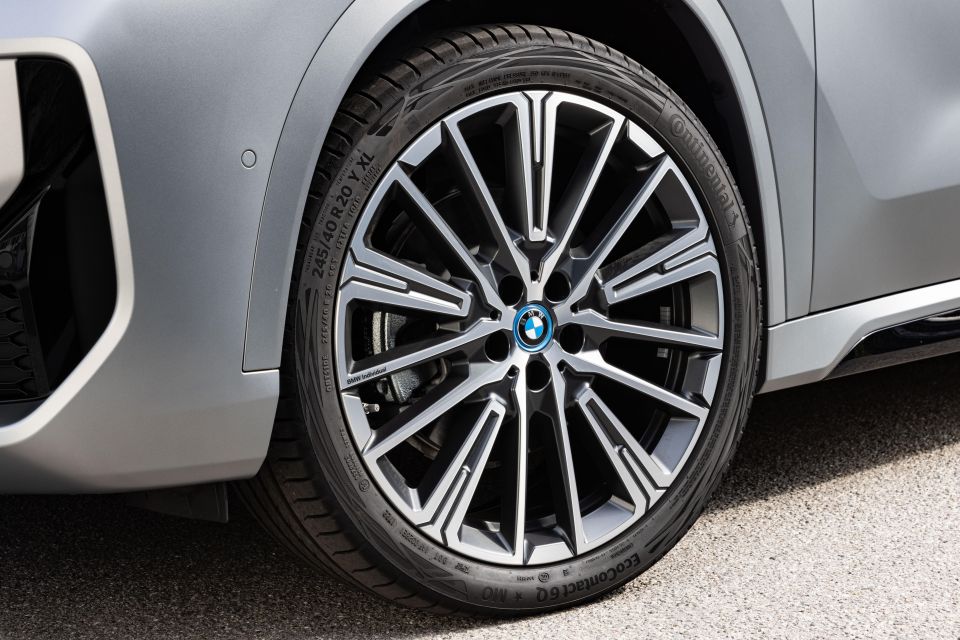

X1 xDrive20i adds:
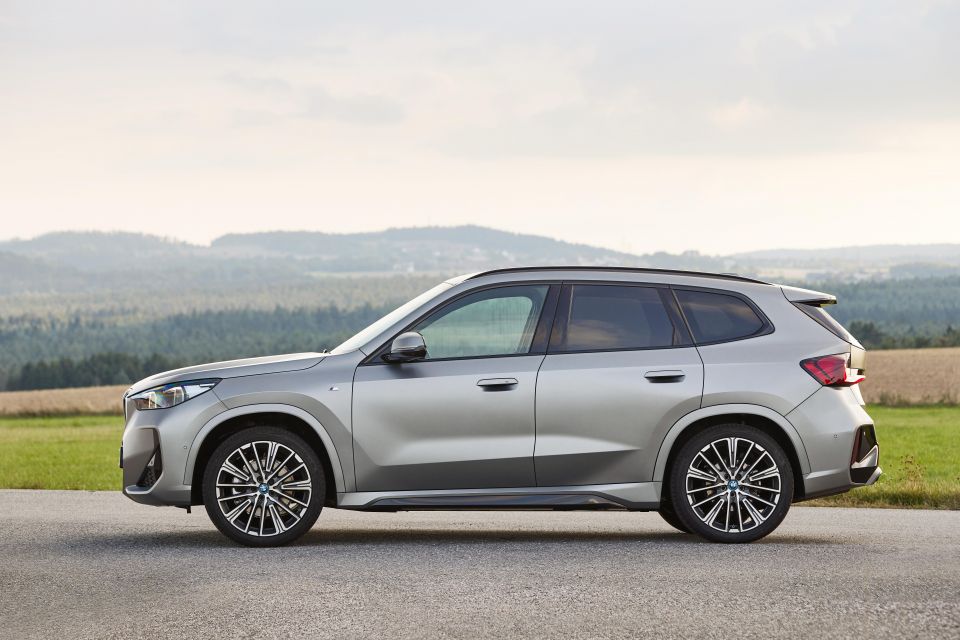
The new BMW X1 has yet to be tested by ANCAP or Euro NCAP.
Standard safety equipment on the petrol range in Australia includes:
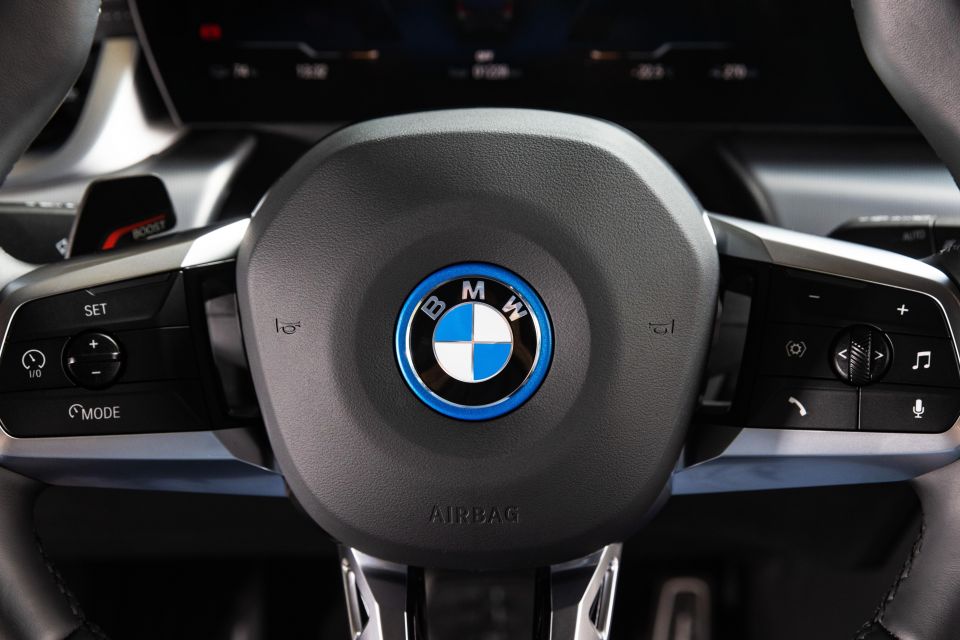
Where expert car reviews meet expert car buying – CarExpert gives you trusted advice, personalised service and real savings on your next new car.
The iX1 will be backed by a three-year, unlimited-kilometre warranty like the wider BMW range in Australia.
Unlike most of the industry, including most of the premium brands, BMW hasn’t moved to a five-year, unlimited-kilometre warranty.
BMW Australia hasn’t confirmed service pricing for the new iX1.

As expected, the new iX1 has bustled into the market, barged its accomplished rivals out of the way and battled straight to the front.
In every area, the iX1 is either noticeably more capable or on a par with its immediate rivals.
Admittedly, the range doesn’t move the game on in any way, and whether BMW will address this with a less potent version of the iX1 remains to be seen, but the car is brilliant as it is, and competitor brands are yet to build a vehicle that can beat it.

Click the images for the full gallery
MORE: Everything BMW X1
Where expert car reviews meet expert car buying – CarExpert gives you trusted advice, personalised service and real savings on your next new car.


Max Davies
48 Minutes Ago


William Stopford
17 Hours Ago


Ben Zachariah
18 Hours Ago


Derek Fung
18 Hours Ago


Matt Campbell
1 Day Ago


William Stopford
2 Days Ago